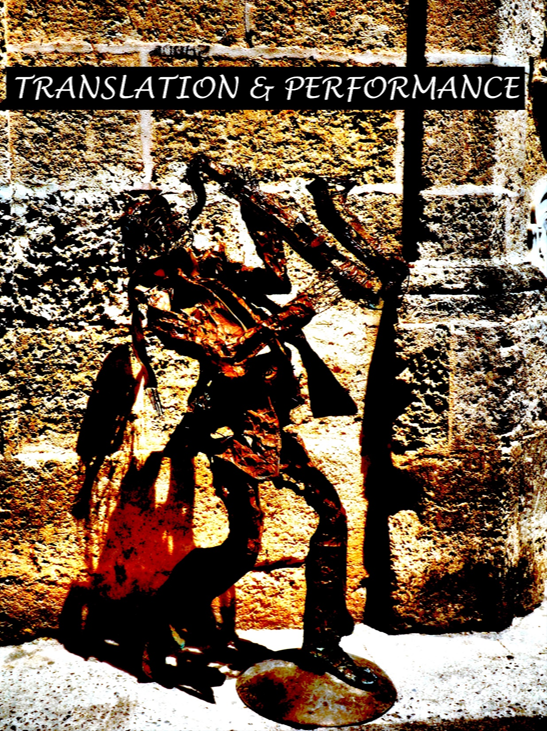The Translation of Graphemes in Anime in Its Original and Fansubbed Versions
DOI:
https://doi.org/10.21992/T9RW5ZKeywords:
Anime, audiovisual translation, graphemes, Kon Satoshi, fansubbing, fansAbstract
Anime, Japanese animation, is massive, with “60% of the animation in the world made in Japan” (Goto-Jones 2009, 3). Anime occasionally makes an innovative use of graphemes on screen, but this has not been studied so far. This study, then, describes and analyses how graphemes have been translated in anime, presenting a series of cases, but concentrating on three particular releases: Gurren Lagann, Kill la Kill, and Tōkyō Godfathers, products that feature a frequent and innovative use of graphemes in its anime. These graphemes are categorised into two types: (1) the ones that are part of the original anime and (2) the graphemes added in fansubbed anime. Much anime is fansubbed (subtitled by fans), and these fans are not constrained by the industry’s rules, meaning that they have complete liberty in subtitling, allowing for really creative forms of subtitling. Even if this freedom can sometimes be taken to the extreme—with subtitles covering the entire screen—fansubs have shown creative subtitling solutions, specially in the case of graphemes that cover a great part of the screen. After describing and analysing these graphemes and how they have been subtitled, this article concludes that, even if fansubs can frequently be excessive, they are at the fore of creativity, and present better solutions than official subtitles in the translation of graphemes in anime.Downloads
Download data is not yet available.
Published
2017-07-22
Issue
Section
TRANSLATION STUDIES



